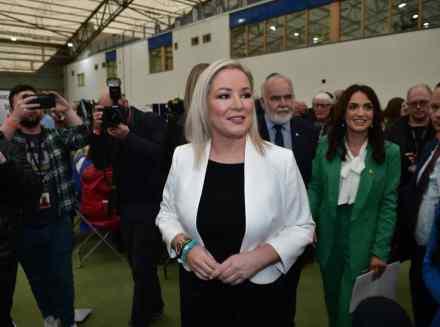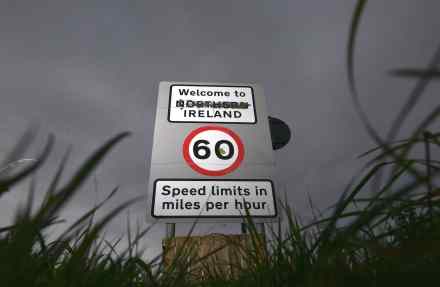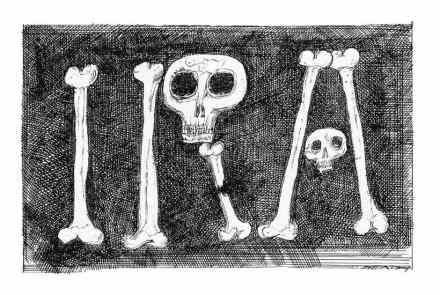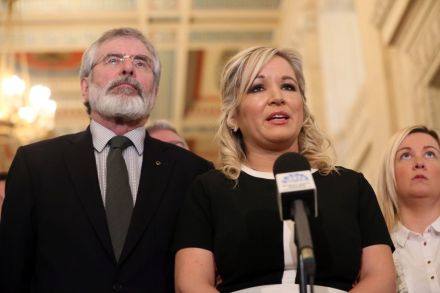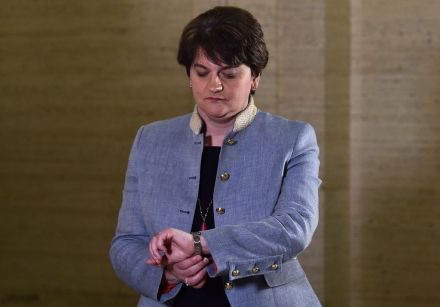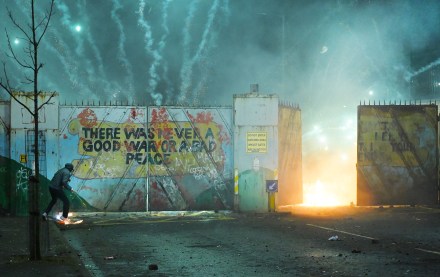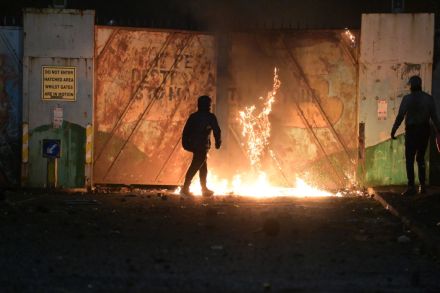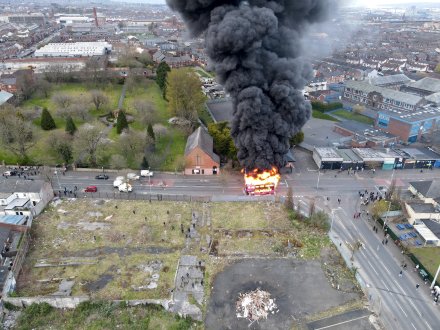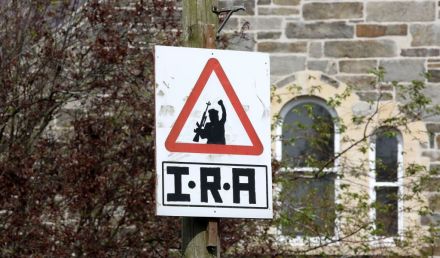Is Sinn Fein really on the march?
In the visceral two horse race which is Northern Irish politics, it is the green horse which is out in front after last Thursday’s local council elections. Sinn Fein, as at Stormont, is now the largest party across Northern Ireland’s local authorities. A lot has changed since the 1980s, when, during the IRA’s campaign of murder and mutilation across the Province, unionists would walk out of council meetings rather than sit with Sinn Fein councillors. The stain of terrorism which will forever be part of Sinn Fein does not seem to be a deterrent to the nationalist electorate in Northern Ireland. Many will say that Sinn Fein is a political



